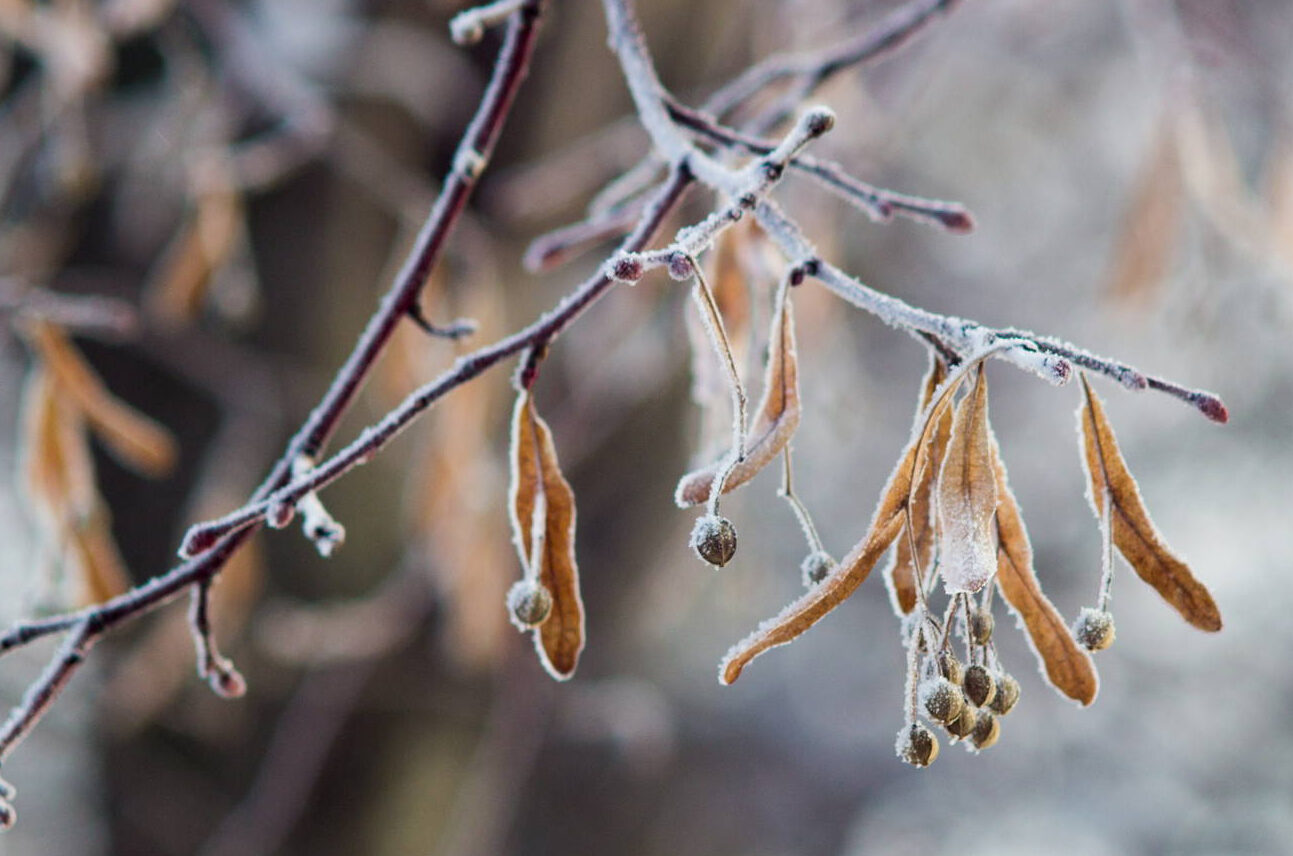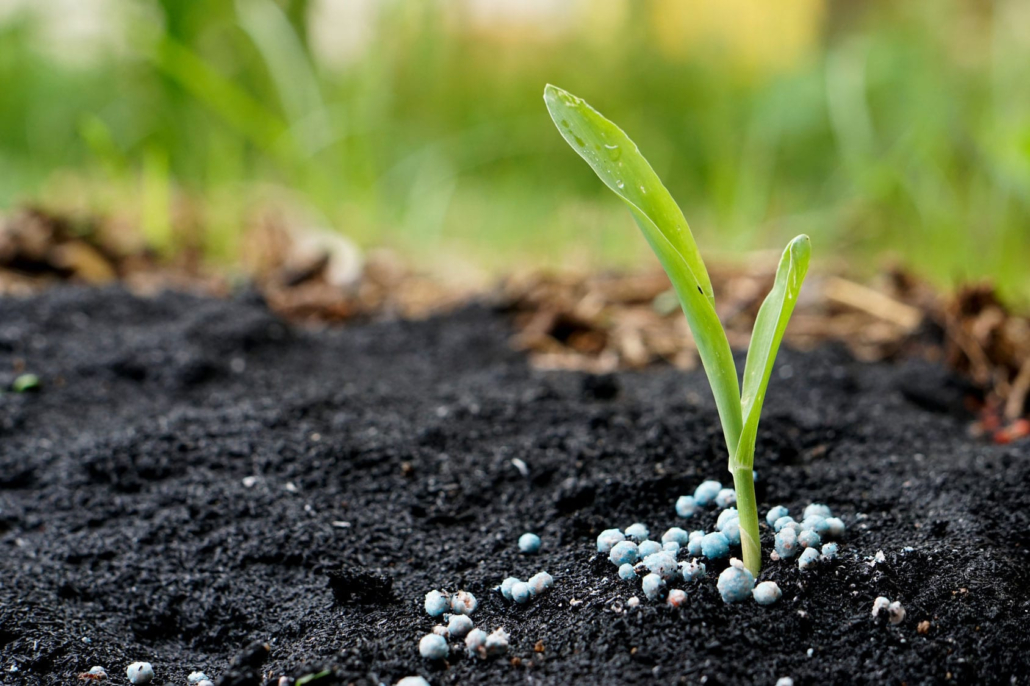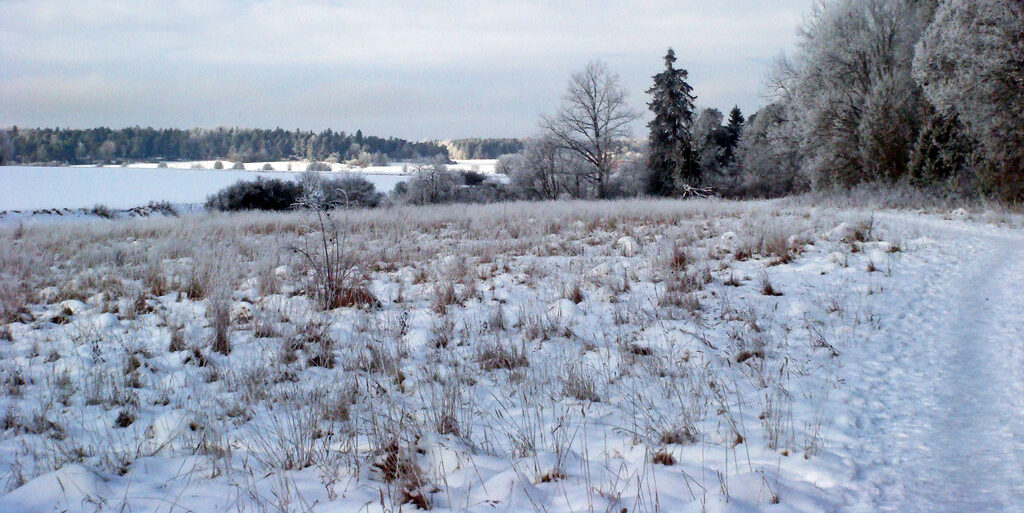
Winter can be a challenging time for gardeners in British Columbia. With the region’s unique climate, ranging from the wet and mild conditions of the Lower Mainland to the colder, snowier weather in the interior, it’s easy to fall prey to common misconceptions about how to care for lawns and gardens during the colder months. To help you keep your garden thriving, let’s debunk some prevalent winter lawn and garden myths in British Columbia.

Myth 1: Lawns Don’t Need Care in Winter
Myth 1: Lawns Don’t Need Care in Winter
Reality: While grass growth slows down significantly in winter, lawns still require attention. Neglecting your lawn can lead to issues like soil compaction, poor drainage, and an increased risk of disease. To keep your lawn healthy, consider the following:
- Aeration: Late fall is an ideal time for aeration to improve soil structure and enhance water and nutrient absorption.
- Mowing: Continue mowing until the grass stops growing, but raise the mower blades to avoid cutting the grass too short.
- Debris Removal: Keep the lawn free of leaves and debris to prevent suffocation and mold growth.

Myth 2: Plants Don’t Need Watering in Winter
Myth 2: Plants Don’t Need Watering in Winter
Reality: Even during winter, plants can become dehydrated, especially during dry spells or in areas with little snowfall. Watering during these times is crucial to keep the roots healthy. Here are some tips:
- Water on Warm Days: Water your plants on milder days when the soil isn’t frozen to allow proper absorption.
- Mulching: Apply mulch around plants to retain moisture and protect the roots from extreme temperatures.

Myth 3: Pruning Should Be Avoided in Winter
Myth 3: Pruning Should Be Avoided in Winter
Reality: Winter is actually an excellent time for pruning many trees and shrubs. When plants are dormant, they are less susceptible to disease and pests. Pruning during this period can promote healthy growth in the spring. However, avoid pruning plants that bloom in early spring, as you might remove flower buds. Focus on:
- Removing Dead or Diseased Branches: This helps prevent the spread of disease and encourages new growth.
- Shaping and Thinning: Pruning for shape and removing excess growth can improve air circulation and light penetration.

Myth 4: Fertilizing in Winter is Ineffective
Myth 4: Fertilizing in Winter is Ineffective
Reality: While heavy fertilization isn’t recommended in winter, applying a slow-release fertilizer in late fall can be beneficial. It provides essential nutrients that help strengthen roots and improve plant resilience during winter. Additionally, consider:
- Using Organic Matter: Compost and other organic materials can improve soil structure and fertility over the winter months.

Myth 5: Garden Beds Don’t Need Attention Until Spring
Myth 5: Garden Beds Don’t Need Attention Until Spring
Reality: Preparing garden beds in winter can save you time and effort in the spring. Winterizing your garden beds helps protect soil structure and reduces weed growth. Key steps include:
- Clearing Debris: Remove any dead plants and fallen leaves to prevent pests and diseases.
- Cover Crops: Planting cover crops, such as winter rye, can improve soil health and reduce erosion.
- Mulching: Adding a layer of mulch helps insulate the soil and retain moisture.

Myth 6: Snow is Always Harmful to Lawns and Gardens
Myth 6: Snow is Always Harmful to Lawns and Gardens
Reality: Snow can actually be beneficial for your garden. It acts as an insulating blanket, protecting plants from harsh temperatures and wind. Additionally, snowmelt provides a valuable water source as temperatures rise. To make the most of snowfall:
- Avoid Heavy Traffic: Minimize walking on snow-covered lawns to prevent soil compaction.
- Snow Redistribution: If heavy snow accumulates, gently redistribute it to avoid damaging delicate plants.
Understanding and debunking these winter lawn and garden myths can help you maintain a healthy, thriving garden in British Columbia throughout the colder months. By providing the right care and attention, you can ensure your lawn and plants are well-prepared to burst into life when spring arrives. Happy gardening!


